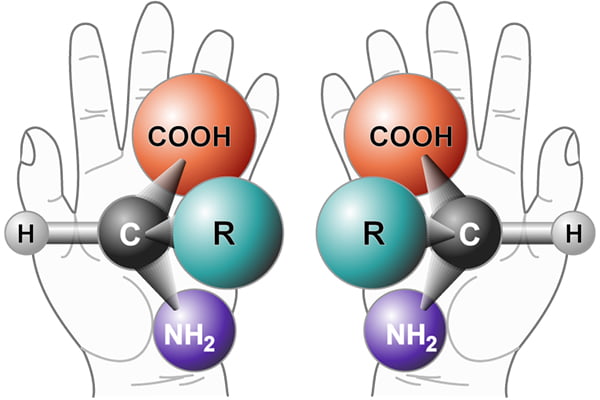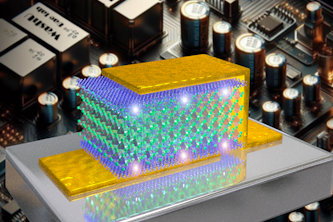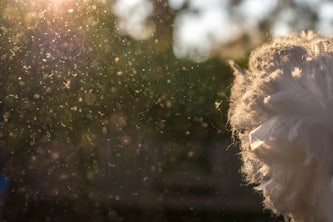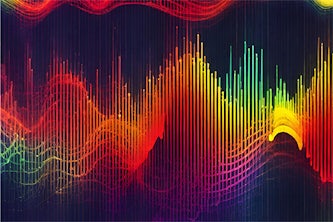Investigating the immunological effects of chiral supramolecular nanomaterials
Jai Rudra will study the emerging area with an NSF CAREER Award

The intricate spiral of most snail shells goes in one direction, known as handedness, or chirality. Biological molecules can be right- or left-handed, which affects how they interact with each other and their immediate environment. A biomedical engineer at Washington University in St. Louis plans to study this naturally occurring phenomenon using engineered nanomaterials to determine how they interact with immune cells to ultimately help design and develop safer synthetic nanomaterial vaccines.
Jai Rudra, assistant professor of biomedical engineering in the McKelvey School of Engineering, will study chirality in nanomaterials with a five-year, $639,361 CAREER Award from the National Science Foundation. The NSF CAREER awards support junior faculty who model the role of teacher-scholar through outstanding research, excellence in education and the integration of education and research within the context of the mission of their organization. One-third of current McKelvey Engineering faculty have received the award.
Rudra’s lab develops nano-scale biomaterials to engage the immune system to prompt protective antibody and cell-mediated immune responses against diseases. Recent work has investigated self-assembling peptides as materials to develop novel vaccines that do not require the use of adjuvants, or substances that increase the efficacy of the vaccine, and without deleterious inflammation.
In the new work, Rudra will use natural and chiral versions, or mirror images, of self-assembling peptides to understand how sentinel immune cells, which have evolved to protect humans from external and internal threats, interact and process chiral peptide-based nanomaterials. The project will use natural and chiral variants of peptide building blocks that instinctively self-organize into supramolecular 3D nanomaterials and ultimately will allow for the creation of right-handed nanomaterials that will have a range of applications in biotechnology, Rudra said.
Researchers are exploring extending chirality from molecules to materials where naturally left-handed amino acids are exchanged for their right-handed doppelgängers, a biologically unrelated look-alike. When the chirality of a molecule changes, all but its geometric property stays the same.
“Natural proteins are made of 20 left-handed amino acids of which 19 of them have right-handed doppelgänger,” he said. “We want to look at how the immune system perceives and reacts to materials made with these right-handed molecules and how they are cleared when these materials get inside,” he said.
As part of the funded project, Rudra plans to implement a student, teacher and community-centered mentorship program to educate engineers in nanomaterials research. In addition, he plans an educational outreach program with the Saint Louis Science Center, Academy of Sciences St. Louis, St. Louis Public Library and the university’s Institute for School Partnership to reach youth from disadvantaged and backgrounds underrepresented in the sciences as well as to create educational workshops for K-12 teachers with information they can take to the classroom.




